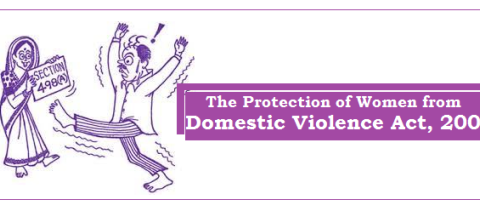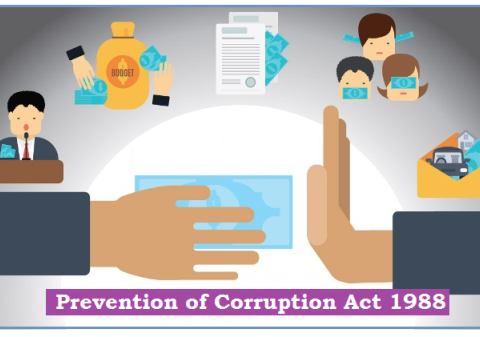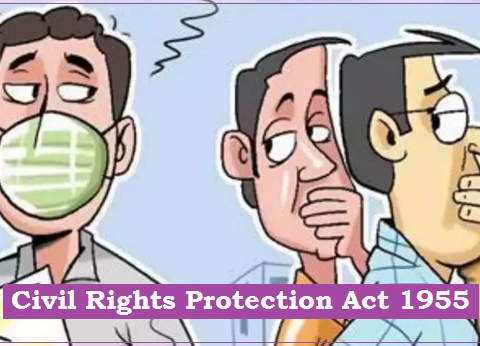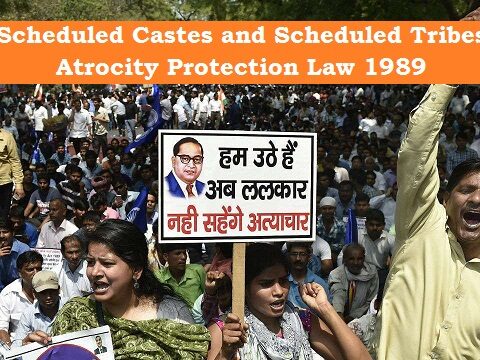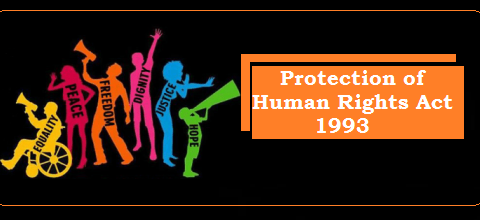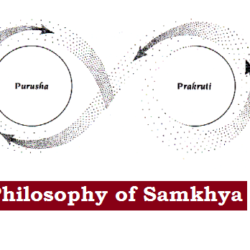Category: Constitution of India & Polity
The Protection of Women from Domestic Violence Act (घरेलू हिंसा से महिलाओं का संरक्षण अधिनियम) 2005
The Protection of Women from Domestic Violence Act (PWDVA), instituted in 2005, is a landmark legislation aimed at protecting women from violence of any kind in domestic relationships. It enshrines principles of the…
Protection Granted to Females under Indian Constitution and BNSS including BNS (भारतीय संविधान एवं भारतीय नागरिक सुरक्षा संहिता, न्याय संहिता सहित)
Historically, women have been undergoing socio-economic, educational and political discrimination. Therefore, the Constitutional and legal of India not only protects women from exploitation and discrimination but also promotes social equity…
Prevention of Corruption Act (भ्रष्टाचार निवारण अधिनियम), 1988
The Prevention of Corruption Act, 1988 (PC Act) was enacted to prevent corruption in Government departments and to prosecute and punish public servants involved in corrupt practices. The Prevention of Corruption Act extends…
Information Technology Act (सूचना प्रौद्योगिकी अधिनियम), 2000
The Information Technology Act, 2000 also aims to provide for the legal recognition for transactions carried out by means of electronic data interchange and other means of electronic communication, commonly…
Protection of Civil Rights Act (नागरिक अधिकार संरक्षण अधिनियम),1955
Indian Constitution through Article 17 abolished “Untouchability” and its practice in any form is forbidden. To enforce the Article, Parliament has an enacted Untouchability (Offences) Act, 1955 which was amended with…
Scheduled Castes and Scheduled Tribes (Prevention of Atrocities) Act (अनुसूचित जाति एवं अनुसूचित जनजाति (अत्याचार निवारण) अधिनियम, 1989
The Scheduled Castes and Tribes (Prevention of Atrocities) Act (PoA Act), 1989, also known as the SC/ST Act is enacted to prevent atrocities against Scheduled Castes and Scheduled Tribes. The…
Customary Laws and Acts of Chhattisgarh (छत्तीसगढ़ मे प्रचलित नियम एवं अधिनियम)
The legislations of Chhattisgarh are covered here briefly, focusing only on the important aspects of the law or Act. For detailed Acts of Chhattisgarh visit this link. Table of contents…
Protection of Human Rights Act (मानव अधिकार संरक्षण अधिनियम) 1993
It’s an Act to provide for the constitution of a National Human Rights Commission and State Human Rights Commission in States and Human Rights Courts for better protection of Human…
Consumer Protection Act (उपभोक्ता संरक्षण अभिनियम) 1986 (Amended संशोधित 2019)
The Consumer Protection Act, 1986 (amended in 2019) lays down the rights of the consumers and provides for promotion and protection of the rights of the consumers. A consumer is any person…

 Home
Home Syllabus
Syllabus Contact Us
Contact Us